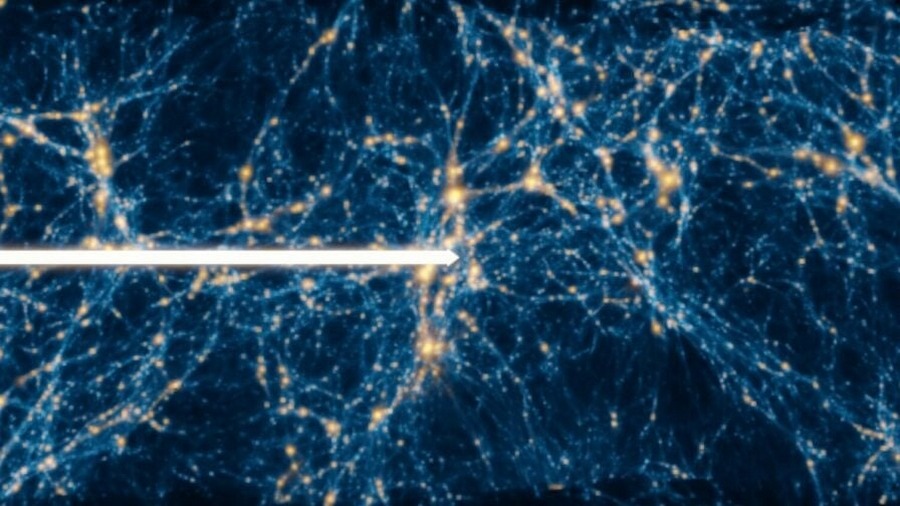A team of physicists has confirmed the discrepancy between observations of the Universe and theoretical predictions about its structure, using a supercomputer and the PRIYA set of simulations. These simulations apply optical light data from two studies to refine cosmological parameters and measure the evolution of the Universe. The study was published in the Journal of Cosmology and Astroparticle Physics.
Using PRIYA, the team examined spectrograms, images of hydrogen emission lines in the Universe, particularly the Lyman-Alpha forest, a cluster of absorption lines in the spectra of quasars. Bursts of missing frequencies in the spectrograms indicated “atoms and molecules that the light met along the way,” noted Simeon Bird, a physicist at the University of Riverside.
Dark matter makes up about 27% of the contents of the Universe. This mysterious matter is invisible in all lines of the spectrum, but its presence is manifested through gravitational effects. Instruments such as the Euclid Space Telescope collect data that could reveal the composition of the dark Universe. Ground-based instruments such as the DM Radio project are gradually reducing the possible mass range of dark matter particles. Popular candidates for dark matter include Weakly Interacting Massive Particles (WIMPs), axions, and hidden photons.
Mapping the distribution of dark matter can show how well theoretical models agree with observational data. In their work, the researchers discovered the location of dark matter using gravitational potential and interactions with hydrogen.

The team studies the concentration of dark matter and investigates discrepancies between observations and theoretical predictions of the structure of the Universe. Bird proposed two leading ideas regarding these discrepancies: supermassive black holes in the nuclei of galaxies may influence calculations of the structure of the Universe, or there are new physical laws still undiscovered.
“If this holds up in later data sets, then it is much more likely to be a new particle or some new type of physics, rather than the black holes messing up our calculations,” Bird said.
Unraveling these mysteries of the Universe will require more data to be collected by existing and future observatories.
We previously reported on the way dark matter represented a reflection of a parallel Universe.
According to gizmodo.com


